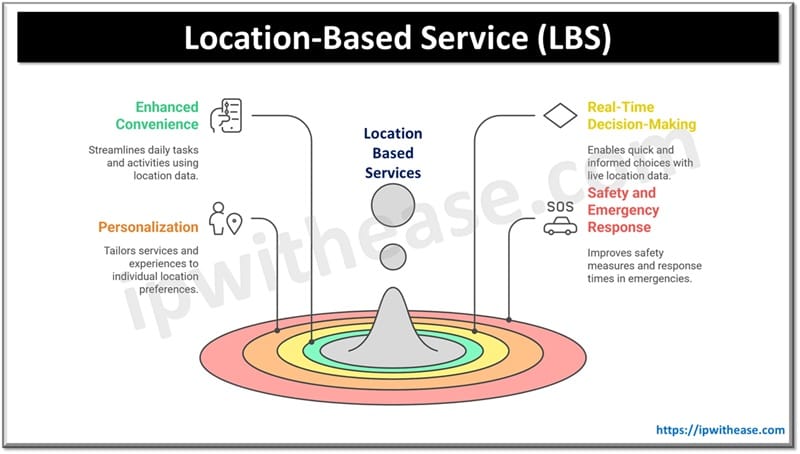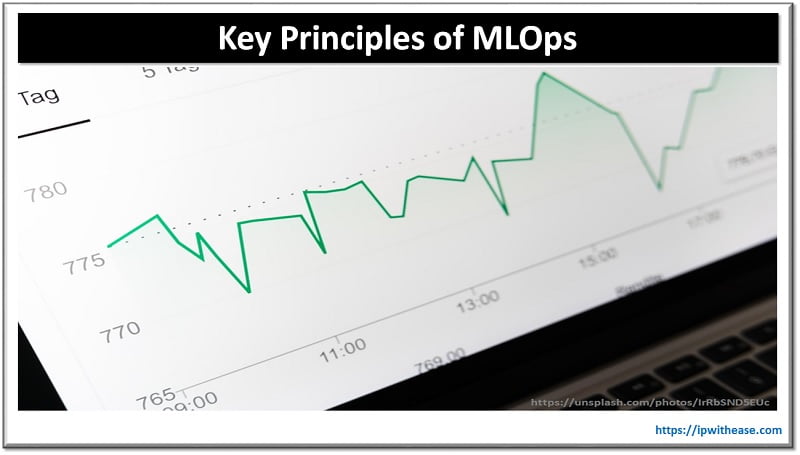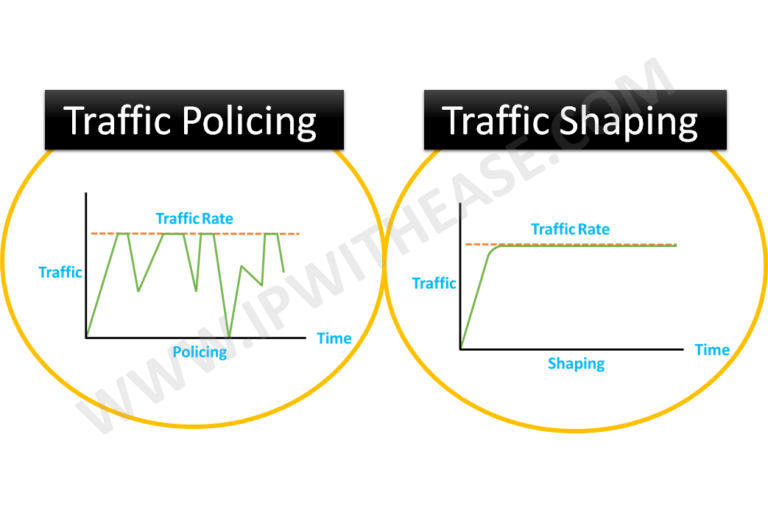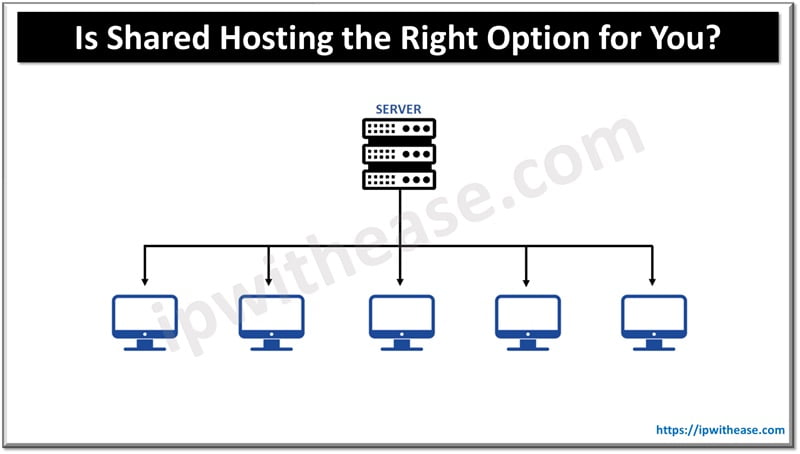Table of Contents
The role of location-based service (LBS) has become so vital in today’s interconnected world. Everything from navigating unfamiliar routes to the location of the nearest coffee shop, it provides power for several applications that are helping make our lives easier and more efficient.
But what exactly is LBS and how does it work? These questions will be answered below. This article will also examine its benefits. Read on!
What Is LBS?
LBS refers to services or applications that use location data to deliver context-specific information, functionality, or experiences to users. It relies on the geographic position of a device, such as a smartphone or global positioning system (GPS) tracker, to provide relevant content or features based on where the user is located.
LBS can be found in many industries, including transportation, retail, healthcare, and social networking. Common examples include GPS navigation apps like Google Maps, ride-sharing platforms like Uber, and geotagging features on Instagram.
The ability to offer personalized, real-time information has made LBS a cornerstone of modern technology. Businesses, in particular, are harnessing these services as customers naturally want to be connected to events, people, and places based on their geographic location. You can learn more about how to use such tools to better cater to customer needs and, thus, drive revenue by consulting reputable LBS providers.
How Does LBS Work?
LBS is made to work by a set of advanced technologies such as gathering, processing, and using location data. Statistics show that 46% of consumers are likely to engage in an ad relevant to their location, thus setting a base for gathering location data and then contextualizing it. Here’s the process in detail:
Gathering Location Data
LBS is basically based on GPS technology, which works by using satellites to determine a device’s precise location. GPS is accurate in open outdoor environments. But in urban areas, where satellite signals may be blocked, Wi-Fi networks and cellular towers are often used in addition to enhance accuracy. This hybrid approach helps ensure that location data remains reliable even in the densest urban environments.
Processing the Data
After gathering location data, mapping systems and geospatial data platforms process such information. Furthermore, these systems analyze the data to locate a user’s position on a map and connect it to information such as nearby businesses, landmarks, or traffic flow conditions. The integration of artificial intelligence (AI) and machine learning (ML) in state-of-the-art mapping systems further improves the speed and accuracy of such a process.
Delivering Contextual Services
This processed location information thereafter gives services relevant to the current geographic location. This can include recommendations of restaurants by a food delivery application or a hyperlocal forecast by the weather application.
This indeed makes LBS highly invaluable in daily life, as it can present seamless delivery of customized services. In fact, one survey reveals that 88% of consumers who conduct a local search on their smartphones give the store a visit or call within a day, bringing into light their increasing reliability in these applications for comfort and real-time decision-making.
Other technologies are also at play in specific scenarios, like Bluetooth beacons and RFID. Bluetooth beacons are used widely for indoor navigation, such as in airports or shopping malls, while RFID is often applied in retail to track how far into a store a customer moves or how many items of inventory there are.
Types of LBS
LBS can be classified into several categories based on its functionality:
- Social networking and geotagging: Social platforms like Snapchat and Instagram allow users to share their location through geotags, connecting with friends and exploring nearby hotspots.
- Location-based advertising: Businesses use LBS to send targeted advertisements, such as promotions for stores near a user’s current location.
- Emergency services: Applications like SOS alerts and disaster tracking systems use location data to provide assistance during emergencies.
- On-demand services: Location-based apps such as ride-sharing and food delivery platforms rely on LBS to match customers with the closest available service providers.
These categories illustrate how LBS enhances convenience, connectivity, and personalization in various aspects of life.
Benefits of Location-Based Services

The widespread adoption of LBS is driven by the numerous benefits it offers to both businesses and individuals.
Enhanced Convenience and Efficiency
LBS makes daily tasks more manageable, whether it’s finding the fastest route home or ordering food from nearby restaurants. By leveraging precise location data, these services save users time and effort, seamlessly integrating into their routines.
Real-Time Decision-Making
Services like traffic alerts and weather updates provide real-time data that helps users make informed choices. For instance, navigation apps like Google Maps use live traffic data to suggest alternate routes, reducing travel time and frustration.
Personalization
Businesses can deliver tailored experiences, improving customer satisfaction. One report says 72% of consumers only engage with marketing messages tailored to their interests. This highlights the power of location-based personalization.
Safety and Emergency Response
LBS plays a critical role in ensuring user safety, from enabling SOS alerts to assisting in disaster recovery efforts. For example, emergency services can use tracking services to locate individuals in need of help during natural disasters or accidents, potentially saving lives.
Conclusion
Location-based services have completely changed our lifestyles and facilitated the accomplishment of tasks in a manner that is easy, personalized, and based on real-time information. Further ahead, AI and IoT are bound to make LBS achieve new heights where even smarter and more fluent applications would be possible. Whether it’s navigation around cities, logistics management, or enhancing customer experiences, LBS is here to stay for quite some time and will continue to shape the future of technology and connectivity.
ABOUT THE AUTHOR
IPwithease is aimed at sharing knowledge across varied domains like Network, Security, Virtualization, Software, Wireless, etc.



